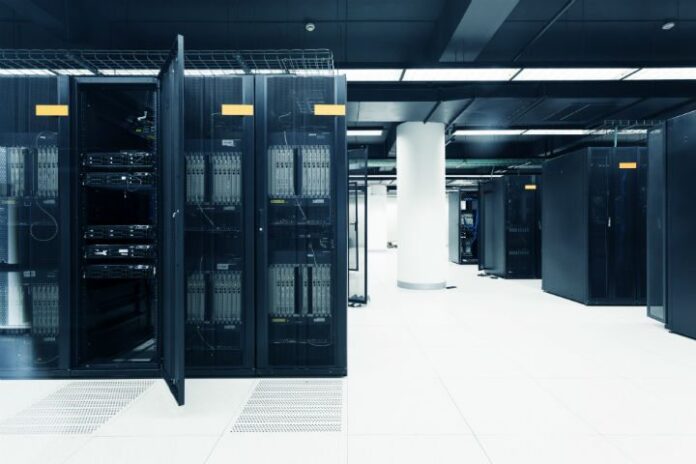The evolution of data centers
Data centers are constantly changing to stay up to pace with the latest tech novelties. Among the technologies anticipated to have the biggest impact on the data center market are containers, which have been championed by IT administrators as a convenient way to package applications into isolated environments. Let’s therefore explore how the mass adoption of containers is reshaping data centers.
Quick deployments
Containers are prized for their lightweight nature, making them easy to create, deploy and duplicate. Because of this, container-based data centers can be deployed in as short as 12 to 16 weeks. Moreover, with containers, developers can deploy resources much quicker than virtual machines. The rapid deployment of these solutions is ideal for companies that need to find an additional working environment swiftly.
Flexibility
The flexibility of container-based data centers allows them to expand or even substitute modern-day data centers. The flexibility of scaling helps reduce the risk for companies with uncertain growth prospects. In addition, the modularity of container powered data centers can potentially slash capital expenditures in half, and operating expenditures by a third.
Energy efficiency
Traditional data centers consume and waste tremendous amounts of energy. According to the United States Data Center Energy Usage Report, U.S. data centers devoured approximately 70 billion kilowatt-hours of electricity in 2014, the most recent year reviewed. That constitutes 2% of the country’s energy consumption, the study reports. From a financial point of view, reducing one’s energy consumption is the easiest way to save money. Container-based data centers use less energy than conventional data centers. The data center containers used in Microsoft’s testing, for instance, are extremely energy efficient, according to the Power Usage Effectiveness (PUE) metric developed by The Green Grid: “On the proof-of-concept we ran we saw PUE numbers come in at 1.3, and if you compare that with historical data centers, it’s very, very low,” said Daniel Costello, Microsoft’s director of Data Center Research. “Most data centers around the world would be 1.6 to 2.0.”
Portability
The portability of container-based data centers is another illustration of how they can complement or replace existing data centers. The portability can be beneficial for businesses that want to deploy data centers, but are constrained by lease agreements. If their lease isn’t renewed, they can carry their data center physical infrastructure with them wherever they move rather than being forced to abandon it.
Drawbacks
None of this is to say containerized data centers do not have any drawbacks. Distance can be an issue for outdoor modules that provide power and cooling for container-based data centers. If the data center resides deep within a building, running cables and piping through the building walls and ceilings requires both time and money. Once the facility modules are installed, arrangements for breakers, switches and fiber connections also have to be made. In addition, since these modules run outside, they can be threatened by outdoor elements, weather it be severe weather, vehicle traffic or insect infestation.

